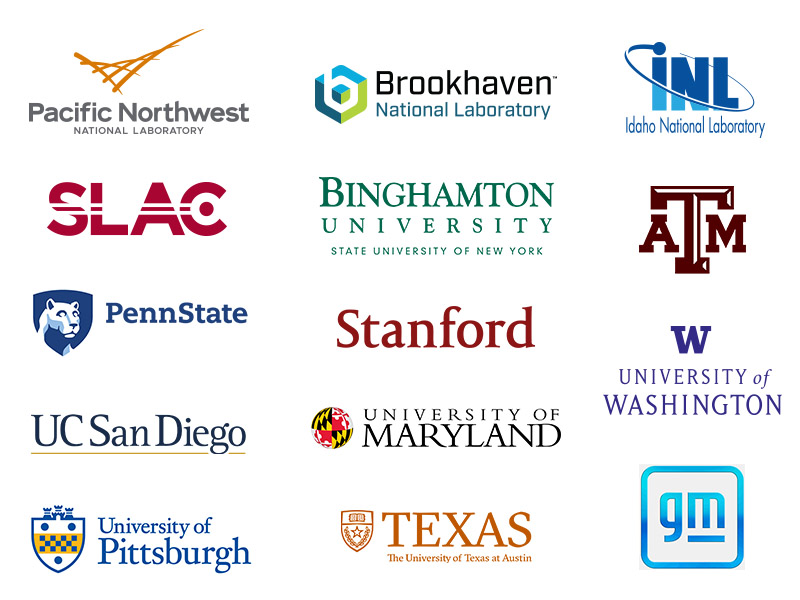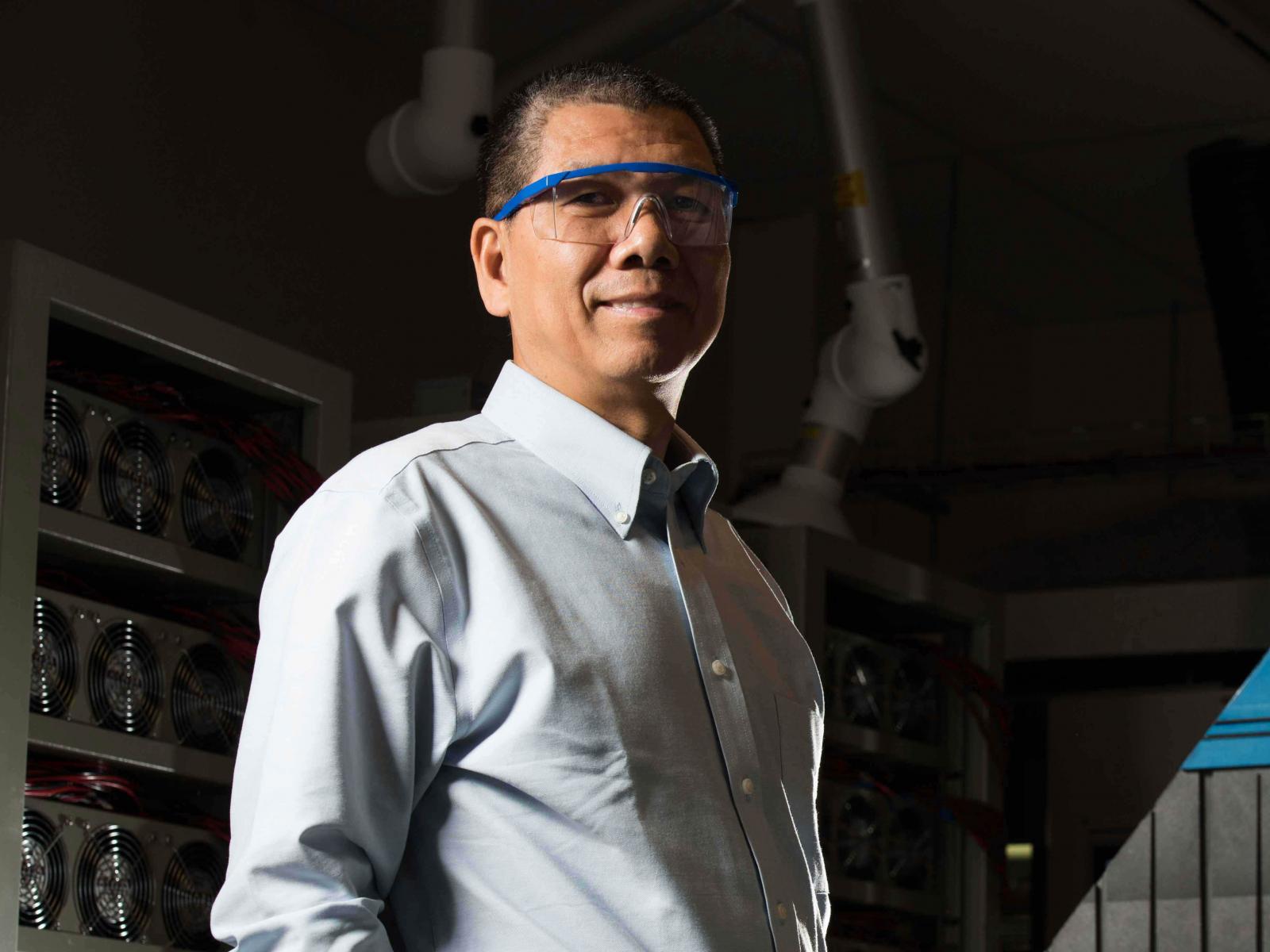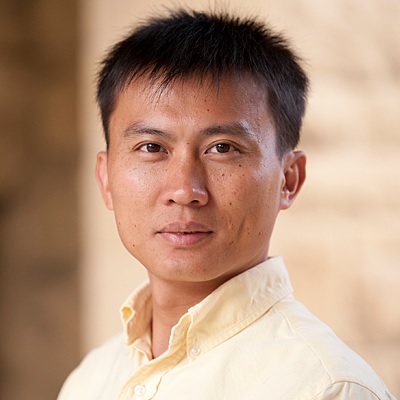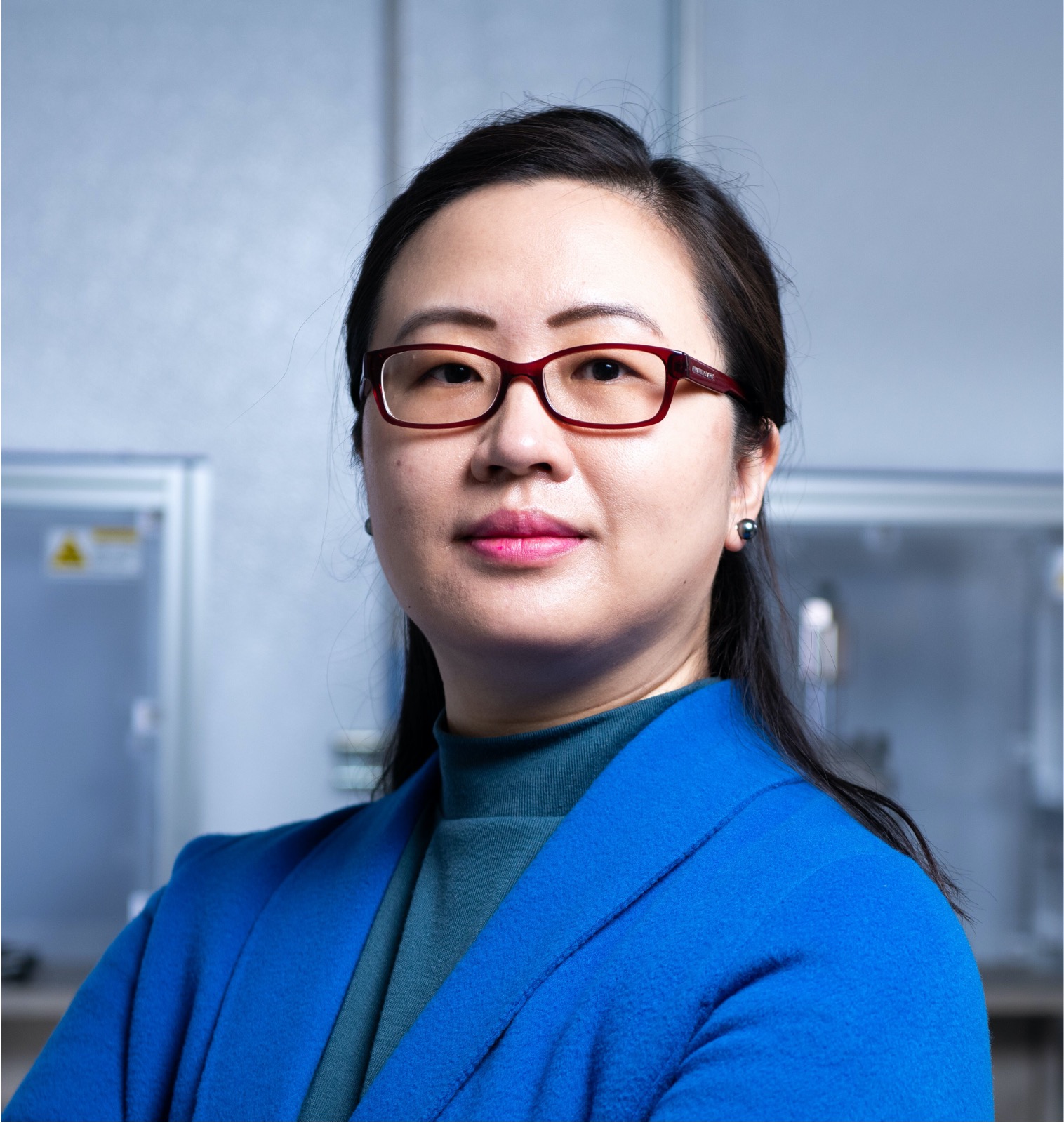Partners and People
The Battery500 team includes a diverse set of scientists and engineers from several DOE national laboratories, academia, and industry. Partner include researchers from the following institutions:

Here are many of the team members.
Director | |
 | Dr. Jun Liu is a world recognized leader in materials science and energy. He joined PNNL in 1992, became a Laboratory Fellow in 1999. Dr. Liu has served in many key leadership positions in national labs in his career, and over time initiated and led a broad range of basic and applied research programs in materials science and energy. He is currently a Battelle Fellow at PNNL and a Washington Foundation Innovation Chair and Campbell Chair Professor at the University of Washington. He has more than 450 peer reviewed publications, has received more than 60 U.S. patents. Learn more. |
Co-Directors | |
 | Dr. M. Stanley Whittingham is presently SUNY Distinguished Professor at Binghamton University. He is a pioneer in battery research, and one of the most recognized leaders in materials sciences and electrochemistry. Dr. Whittingham discovered the first intercalation electrode materials and demonstrated the first working device for Li-ion batteries that are widely used for laptops, tablets, cellphones, digital devices, electric cars and energy storage today. Dr. Whittingham has also made long time contributions to the elucidation of the limiting mechanisms, chemical and structural, of intercalation reactions using a variety of synthetic and characterization approaches, both in-situ and ex-situ, as well as development of new materials and new synthetic approaches. In 2019, Dr. Whittingham was awarded the Nobel Prize in Chemistry for his pioneering invention of lithium-ion batteries. Learn more. |
 | Dr. Yi Cui is a pioneer and leader in nanomaterials and clean energy. He is currently the Fortinet Founders Professor of Engineering the Director of the Precourt Institute for Energy at Stanford University and SLAC. Dr. Cui has made significantly contributions to the development of nanomaterials for energy and other applications, and has led many successful efforts in transferring scientific discoveries into potential and commercial applications. Learn more. |
Deputy Director | |
 | Dr. Jie Xiao is a Boeing Martin Professor in Mechanical Engineering at University of Washington with an incoming joint appointment as a Battelle Fellow at Pacific Northwest National Laboratory. Dr. Xiao’s research interests span materials synthesis and electrochemical catalysis/kinetics to advanced characterizations with the goal to understand the synthesis-structure-performance relationship in energy-related materials and their underlying reaction mechanisms. Of particular interest is the identification of new materials and novel technologies for energy storage and conversion. She has published more than 100 peer-reviewed journal papers and been named a top 1% Clarivate Analytics Highly Cited Researcher since 2017. She holds eighteen patents in the area of energy storage and seven of them have been licensed to industry. Dr. Xiao also leads several major efforts for DOE in the areas of advanced electrode materials and applications, including the Cathode-Electrolyte Interphase (CEI) Consortium which integrates scientific tools across national labs to address interfacial challenges on cathode surfaces at industry-relevant scales. Learn more. |